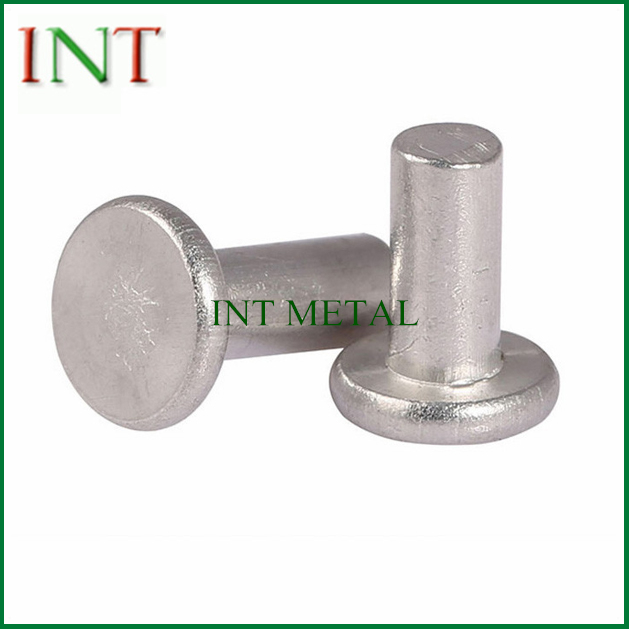Safety First: Navigating Precautions in the World of Aluminum Rivets
2023-11-30
Introduction:
In the realm of fastening solutions, safety takes center stage when working with aluminum rivets. Whether handling, preparing, or installing these versatile connectors, a commitment to safety is paramount. This blog outlines crucial safety precautions that should be observed when working with aluminum rivets, ensuring a secure environment for all individuals involved in the handling and installation processes.
1. Personal Protective Equipment (PPE):
Prioritize the use of personal protective equipment to safeguard against potential hazards. This includes wearing safety glasses to protect the eyes from flying debris or metal shards and wearing gloves to shield hands from sharp edges or potential injuries during handling and installation.
2. Workspace Organization:
Maintain an organized and clutter-free workspace. This minimizes the risk of accidents and ensures that tools and materials are readily accessible. Keep the area well-lit to enhance visibility and reduce the likelihood of missteps or mishandling.
3. Tool Inspection:
Regularly inspect and maintain tools used in the handling and installation of aluminum rivets. Ensure that rivet guns or riveters are in good working condition, and check for any signs of wear, damage, or malfunction. Faulty tools can pose significant safety risks during the installation process.
4. Proper Handling Techniques:
When handling aluminum rivets, employ proper techniques to avoid injury. Use caution when sorting or transporting rivets, and refrain from carrying excessive quantities at once. This helps prevent strain injuries and reduces the risk of accidental drops.
5. Dust and Debris Management:
Implement measures to control dust and debris generated during the drilling or installation processes. Utilize appropriate dust extraction systems or wear respiratory protection to mitigate inhalation risks, especially in confined or poorly ventilated spaces.
6. Secure Workpieces:
Ensure that the workpieces being joined are securely fastened or clamped during the installation process. This prevents movement or shifting, reducing the risk of misalignment or injury. Securely anchoring the materials contributes to the overall stability of the work environment.
7. Controlled Compression:
During installation, exercise caution to avoid over-compression or under-compression of the rivet. Applying controlled pressure with the rivet gun ensures a secure joint without compromising the integrity of the materials or causing unnecessary stress.
8. Avoiding Sharp Edges:
Aluminum rivets, especially when cut or trimmed, can produce sharp edges. Take precautions to avoid direct contact with these edges to prevent cuts or abrasions. Consider deburring or smoothing the edges as part of the preparation process.
Conclusion:
Safety is not just a priority; it's an imperative when working with aluminum rivets. From the initial handling of materials to the final installation, observing stringent safety precautions is a collective responsibility. By prioritizing personal protective equipment, maintaining organized workspaces, and adhering to proper techniques, the handling and installation of aluminum rivets can proceed with efficiency and confidence, ensuring the well-being of all individuals involved in the process.



